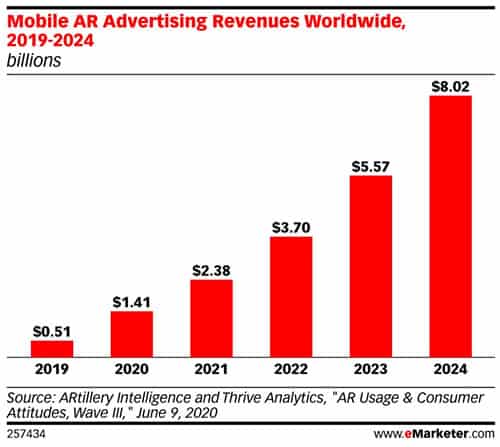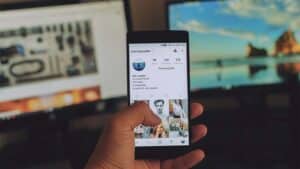MOBILE MARKETING
iPhone 12 will Supercharge Mobile AR in 2021

The iPhone 12 Pro became the first phone to have a back-facing Light Detection and Ranging (Lidar) camera, which enables more sophisticated augmented reality (AR). (Top-end Android phones use a similar Time-of-Flight, or ToF, sensor.) Lidar can near-instantaneously detect depth and size, allowing for rapid and very detailed mixed reality functions for apps, such as furniture placement or full-body Snapchat Lenses. This should supercharge mobile AR spending and make such ads more feasible.
Before the iPhone 12 was released, AR advertising grew from about half a billion dollars in global revenues in 2019 to $1.41 billion this year, according to information from AR research firm ARtillery Intelligence. Driven by social media advertising, such as Snapchat Lenses—and strong results for brand advertisers—that figure should surpass $8 billion by the end of 2024.
Read more here.
[optin-monster slug=”em8z7q6hga9elmy1dbgb”]

